

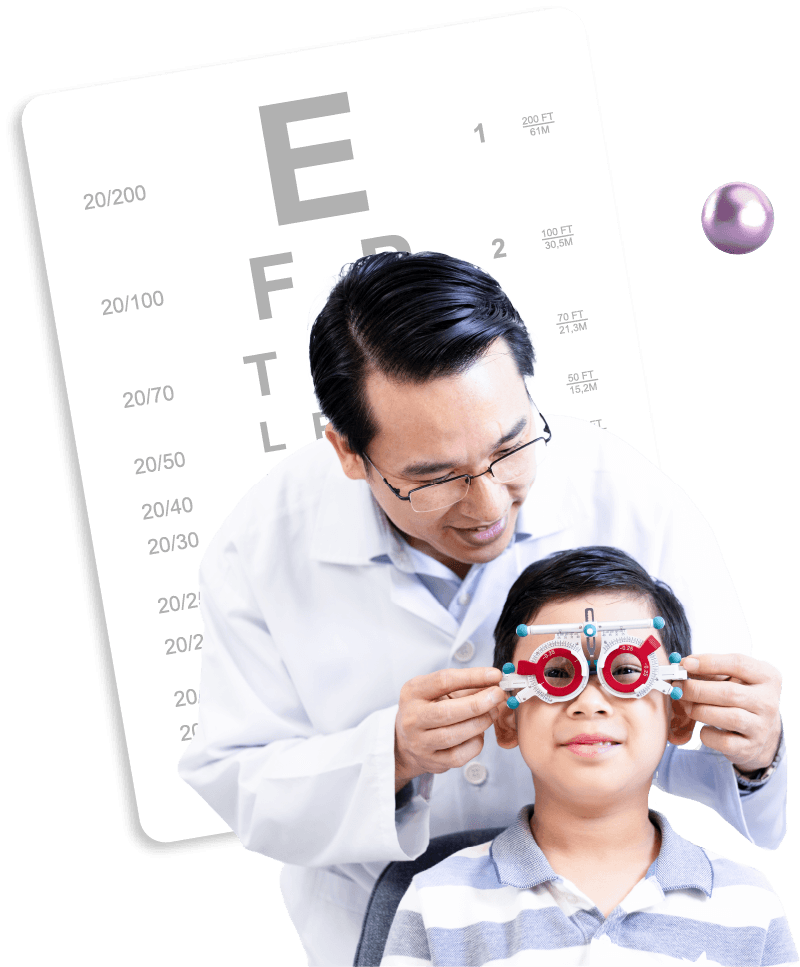
Vision is an integral part of helping children grow and discover knowledge. Our visual system develops from black-and-white blurred images at the age of 0 to full vision at the age of 8, during which the eye may become amblyopic if visual function is impaired, causing irreversible damage.
香港理工大學有研究發現,有61.5%的12歲兒童患有近視,
視力問題可能會阻礙他們在社交活動及學業上發展。而且一些眼疾如弱視,沒有明顯表面的徵狀,小朋友們又意識不到自己有視力問題,如果沒有定期進行眼睛檢查,則可能幾個月或幾年都無法診斷出問題。所以儘早發現問題,可以有助避免及減輕眼睛問題。實際上,當孩子的視力仍在發展期間 (最高達7或8歲),視力問題就更容易調理。

Early Signs of Vision Problems in Children


Indicating that they have a headache

Blinking or rubbing their eyes frequently

Tilting their head or squinting their eyes to allow
themselves to see things

Covering one eye while reading or viewing
an electronic screen

Poor hand-eye coordination

Inability to see things in the distance
or at close range
近距離的事物
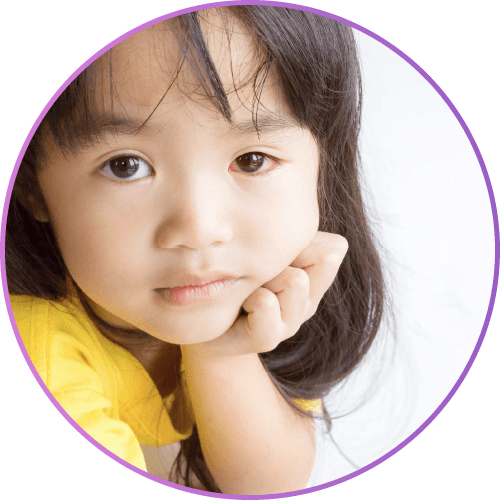
Red or watery eyes
水汪汪的眼睛

Indicating that they have blurred vision
or double vision
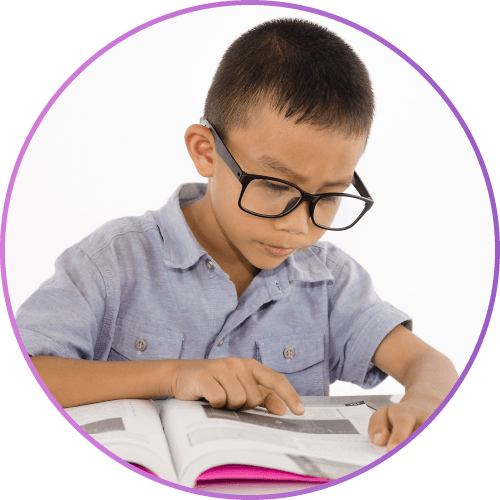
Missing or confusing words
when reading


Comprehensive Eye Examination for Children
醫思眼科的兒童全面眼睛檢查計劃可以為小朋友檢測屈光度數,例如近視度數及遠視度數,亦能檢測出散光、斜視及弱視等眼睛問題。透過檢測,可以及早發現小朋友眼睛問題,把握黃金調理期。
兒童全面眼睛視光檢查計劃(4至16歲適用)包括:

Vision Acuity

Refractive examination
(Myopia, hyperopia and astigmatism check)
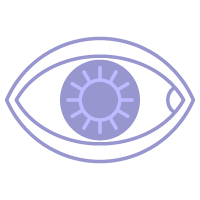
Pupillary Reflex

Intraocular Pressure Check

Ocular Mobility Examination

Colour Vision Tests
(to test the ability to distinguish colours)

Stereoscopic vision

Binocular slit lamp examination

Dilated pupil fundus examination

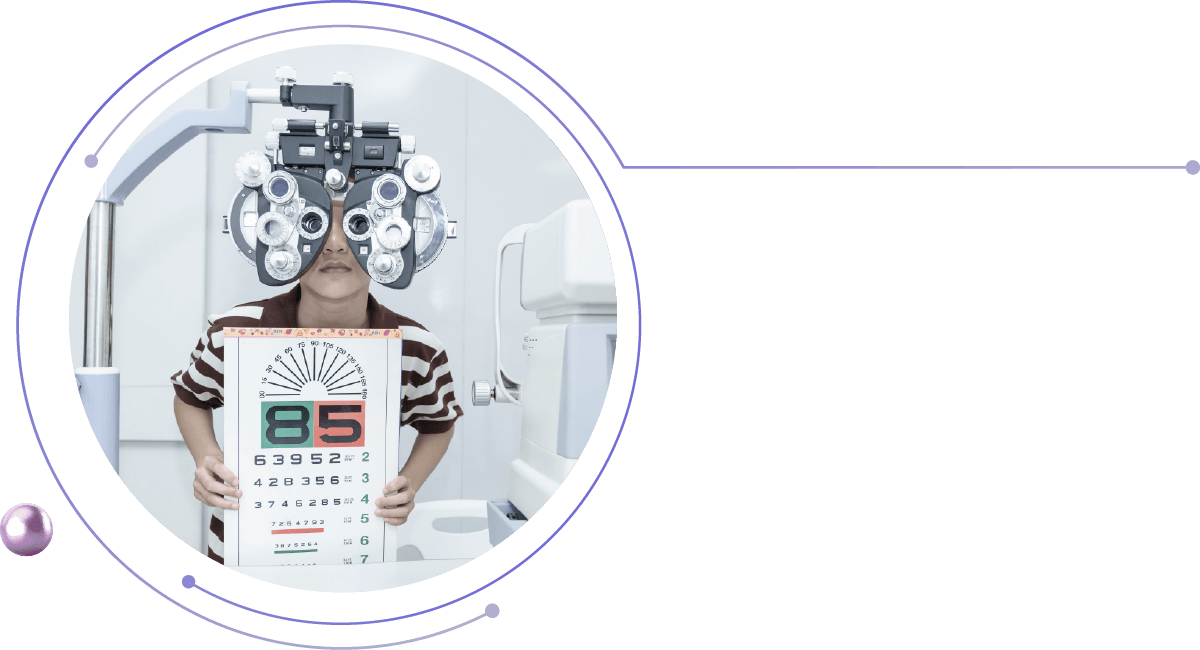
Eye Examination Schedule
應每半年為小朋友進行一次全面視力檢查,以確保視力發展正常及發現或監測任何眼部疾病。有良好的視野對於他們的學習和總體發展至為重要,通過定期的眼科檢查,可以及早發現眼睛問題,把握黃金調理期。
Comprehensive Eye Examination for Children FAQs
How often should children have their eyes checked?
Children should have a comprehensive vision examination every six months to ensure normal vision development and to detect or monitor any eye diseases.
At what age is the golden age for children to have vision correction?
8 歲前都是兒童視力矯正黃金期,所以儘早進行視力檢查(或近視檢查)及發現問題,可以有助避免及減輕眼睛問題,查看更多Myopia Control for Children方案。
Will children with astigmatism get better on their own?
散光大多數是先天或遺傳,不易避免,而且不可逆轉,養成良好習慣以及定期視力檢查對於保障視力仍有一定的幫助。
Does the eye exam plan include color blindness testing?
- Our comprehensive eye examination includes 10 examinations including color blindness test, vision examination, refraction examination, and fundus examination.

